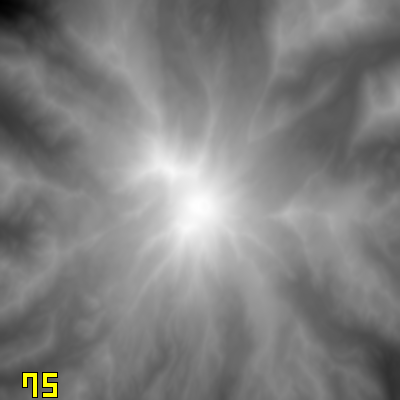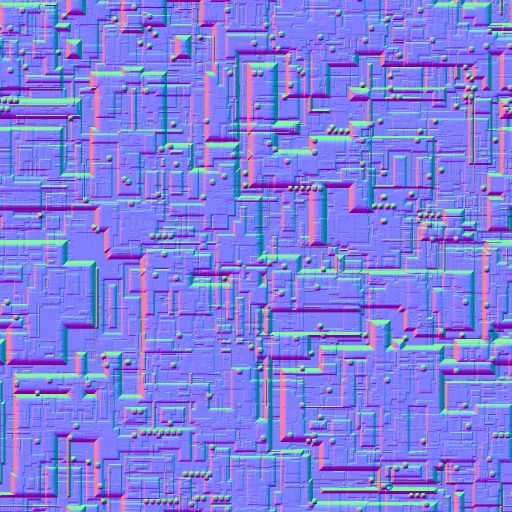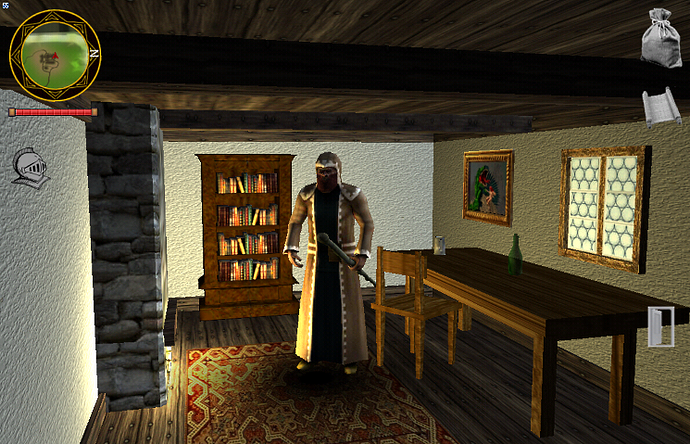I’ve been toying with a trading card style mechanic for Vangard, for magical crafting and certain kinds of magical conflict. Obviously I am looking at Magic: The Gathering for inspiration, but I want to get more depth to the game from traditional card games like bridge.
For me It’s ok 
Personally i also some times write even bigger minds about something –
(but try holding self - because many times this transforms to spams someone skype XD)
that give me some interesting filing like look at situation from other side
when i write it - that brings new solution ^^
I talked for an hour with my programming teacher with my best friend after school. He’s a really great guy!
He has over 12 years of Java experience, then we argued over strong- (Java) vs. weak- (Swift) typing.
We won.
Made a patch or two for RFLEX. I also received this gif from the developer of Dodge.
http://giant.gfycat.com/LameGenerousIbadanmalimbe.gif
Hehe.
-wes
http://steamspy.com/app/392020
Owners: 794 ± 694
etc…
Simple interesting) how true this information
Can i trust this service?
± Is it something like this, or totally wrong info?
Steamspy is usually really far off, but that is the closest estimate I’ve seen so far (still pretty far off though).
It’s reasonably accurate for our games.
Cas 
It takes samples from a number of steam users about whether they have the game or not, and calculates the most probable absolute amount of owners. It therefore gets way more precise the more people actually own the game and the wider it is known.
For RFLEX you can pretty much ignore anything it says for now. The site itself even tells you that new titles are mostly inaccurate.
It’s audience is still to small and too centric.
I finally convinced my friend to launch his game on steam greenlight
https://steamcommunity.com/sharedfiles/filedetails/?id=516589948
That looks like a nice game. Tell him to change the trailer ASAP, though, while the starting-hype still hasn’t worn off. It’s going to get buried if the trailer doesn’t get to the point within a few seconds.
Technically yesterday, but I wrote a small program that can convert a normal map (back) to a height map.
That looks quite a bit like a value noise based proc gen.
Added a different kind of book case and framed wall pictures to add more variations to the houses’ interiors. The game is actually more or less complete now. I played it from start to end with only minor problems. I still have to do some slight balancing changes and replace some GUI textures though. And I have to play it again to complete the second branch of the main quest line. But it’s getting somewhere… ;D
The picture on the wall in the screen shot shows the title screen of my former RPG game from 23 years ago:
We need more details. How does it work? What assumptions are needed?
It basically treats the normal map as a gradient map for an unknown height map. This is a tiny bit simplified, but if the X-derivative is negative (slope to the right) I rise the left neighbor and lower the right neighbor a tiny bit. If it’s positive, I lower the left and rise the right. I do the same for the Y coordinate with the top and bottom neighbor. After that, I apply a small smoothing pass. Repeat.
I’m currently working on rewriting the first pass to be threadable, which will allow me to port it to the GPU. There are some small problems right now with some depths getting deeper and deeper and some hills getting taller and taller. I need to take the current gradient into consideration when modifying the height map.
At one step closer to “easy to reproduce bugs application”
To reproduce bug you need repeat all events that happen, before bug trow something to you.
Its not hard to save all mouse, keyboard events and call them agene)
(i maked save - load for events and in window restart)
Its hard to synchronize all threads to make this events run same.
(same with time offset that they produce uniq every run time)
But more hardy ^^ is to make speedup time event
– because if bug happen after 20-30 min application run
You need wait agene 30 min to this bug ^^
(have now idea how make this properly)
Developed a few Lua/Bash scripts to allow me to communicate with Pianobar (a pandora CLI client) via shortcuts n stuff in my window manager, AwesomeWM. I can choose another station with a little popup using zenity and view song info and other things with popups from the awful library. Fun and interesting way to learn how to use pipes in Linux. Plus got a 16.67 average of 100 today on 3x3!
Going to my school’s homecoming dance with my girlfriend in a couple hours too. Never really participated in dances until now. Wish me luck, heh.








